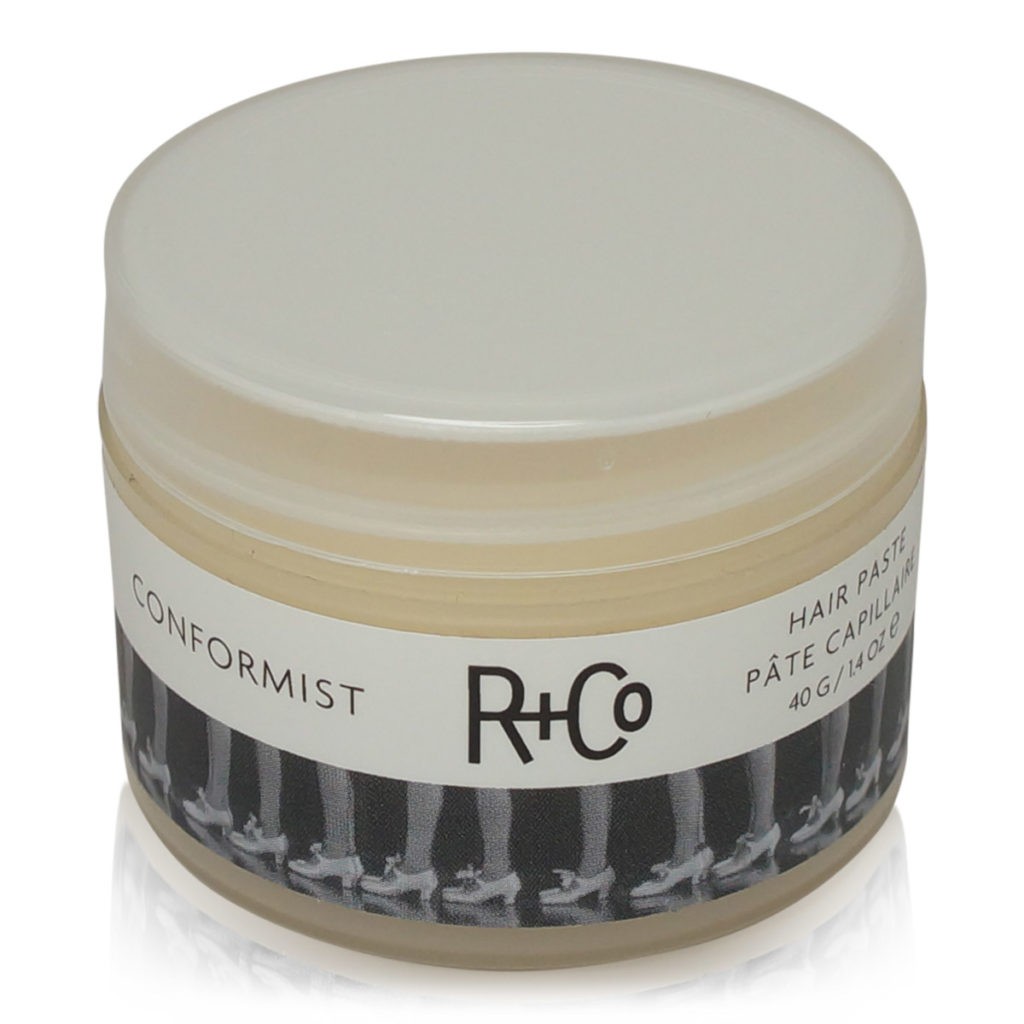

Regression <- myplotdrawn + annotate("text", x = titleX, y = titleY, label = textlab, size = 5) +Īnnotate("text", x = titleX, y = r2Y, label = paste("italic(R) ^ 2 = ", r2), size = 5, parse=T)Īdd annotations to the plot for the regression line equation and R2value. For long titles that overflow the area of the plot, use the “strwrap” function (string wrap) to create multi-line titles. labs(): Set the axis labels and title of the plot.Use “se = FALSE” to omit the confidence interval stat_smooth(method = "lm", col = "red", se = FALSE): Add a trend line to the plot.Calibration curve used to determine the concentration of iron in the food or environmental sample", width=70), collapse="\n"))Ĭreate a ggplot object using the data frame created earlier. Labs(x = "Concentration Iron Thiocyanate (mol/L)", y = "Average Absorbance", title = paste(strwrap("Figure 1. Stat_smooth(method = "lm", col = "red", se = FALSE) + myplot <- ggplot(mysample, aes(xValues, yValues)) Use the “paste” function to build a string for the equation of the regression line. In the case of a negative intercept, change the symbol to a ‘-’, then use the absolute value function to remove the extra negative sign. R will prepend negative numbers with a ‘-’ sign. To ensure consistency with formatting, the symbol for representing a positive or negative y-intercept is determined with a conditional statement. Prepare the text for the regression line equation annotation. In this case, the slope, intercept, and R2have been reduced to 2 significant digits using the “signif” function. To find the R2value, use the “summary” function with the linear model, and read the r.squared variable. For the slope, use the same function with the argument ‘2’. To get the y-intercept of the regression line, use the “coef” function (Coefficient) with the linear model, with the argument ‘1’. The function creates an lm object with information about the data. For a linear regression, use R’s “lm” function (Linear Model) with the x and y values in the data frame created earlier. model <- lm(mysample$yValues ~ mysample$xValues)įind the regression line and R2value for the data. Annotations within a ggplot object must be added manually, and their coordinates are relative to the data within the plot. Select a point within the plot to display an annotation with the equation of the regression line and the R2value.

R’s plotting functions use data frames as their model, and the data within shows up in the final product. mysample <- ame(xValues, yValues)Ĭreate a data frame using the x and y values specified earlier. X values are read as-is, whereas y values are computed from multiple fields. Read values from student input fields into two lists, representing the x and y values of each point. Regression <- myplotdrawn + annotate("text", x = titleX, y = titleY, label = textlab, size = 5) + annotate("text", x = titleX, y = r2Y, label = paste("italic(R) ^ 2 = ", r2), size = 5, parse=T)ĭetails xValues <- c(.$concfe1.$concfe2.$concfe3.$concfe4.$concfe5) Calibration curve used to determine the concentration of iron in the food or environmental sample", width=70), collapse="\n")) Myplotdrawn <- myplot + geom_point() + stat_smooth(method = "lm", col = "red", se = FALSE) + labs(x = "Concentration Iron Thiocyanate (mol/L)", y = "Average Absorbance", title = paste(strwrap("Figure 1. Myplot <- ggplot(mysample, aes(xValues, yValues)) Textlab <- paste("y = ",slope,"x ", symbol, " ",intercept, sep="") R2 = signif(summary(model)$r.squared, digits = 2) Slope <- signif(coef(model)\, digits = 2) Intercept <- signif(coef(model)\, digits = 2)

Model <- lm(mysample$yValues ~ mysample$xValues)
#Textlab paste r code
Code for an example plot using the R ggplot2 library xValues <- c(.$concfe1.$concfe2.$concfe3.$concfe4.$concfe5) It is not necessary to include it by callinglibrary(ggplot2). Note: The ggplot2 library is already included within the R source dialog. The Plot component allows the use of fully customized R source code. OCLaRE uses R to create plots using data from student inputs. #- Should be DIRECTLY executable !! - #- => Define data, use random, #- or do help(data=index) for the standard data sets.R is a programming language with a focus on mathematics, statistical analysis and graphing.


 0 kommentar(er)
0 kommentar(er)
